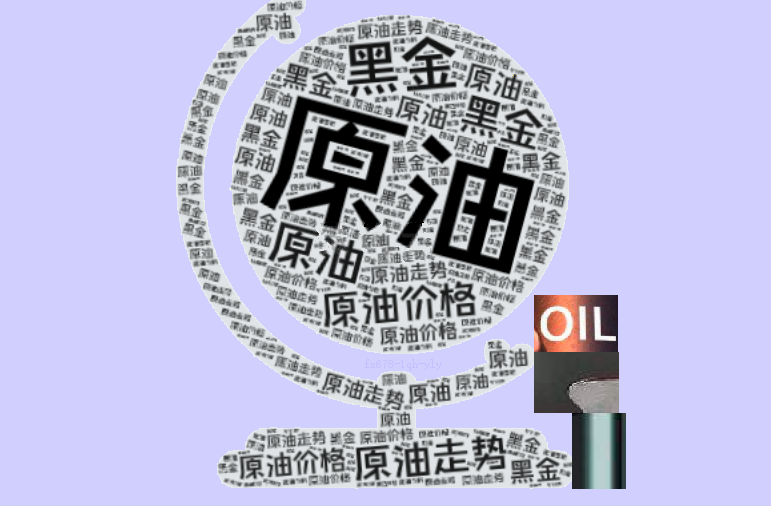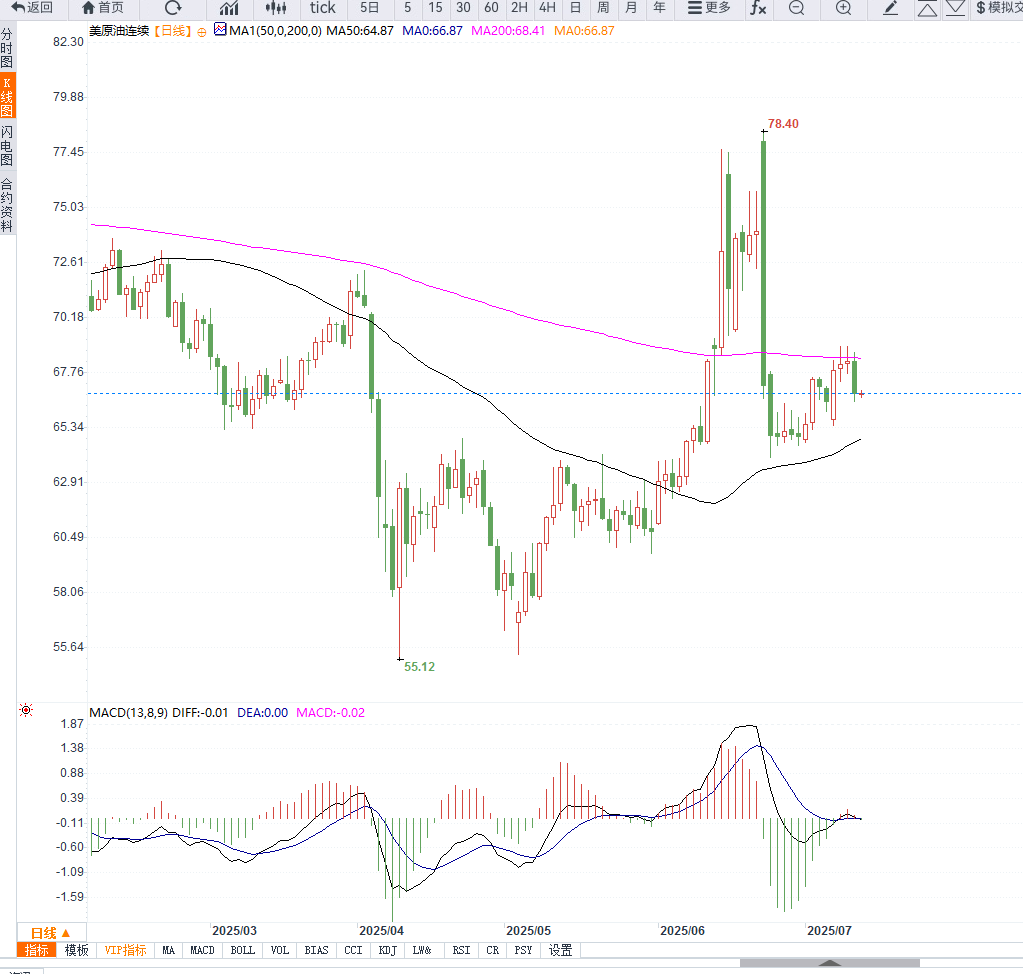Trump's announcement of high tariffs has triggered trade concerns, and OPEC's downward forecast has led to a decline in crude oil demand expectations. Under the double blow of supply and demand, oil prices are likely to continue to fall.
2025-07-11 09:36:20
In its latest World Oil Outlook 2025, the Organization of Petroleum Exporting Countries (OPEC) lowered its forecast for global oil demand from 2026 to 2029. The report pointed out that the average daily global crude oil demand in 2026 will be 106.3 million barrels, lower than the 108 million barrels predicted last year.
OPEC attributed the reduction to slower demand growth in Asian countries, especially amid a weakening economic recovery and a transition in energy mix.
"We see weaker oil demand expectations in the world's largest emerging economies over the next five years, which puts medium- and long-term pressure on the overall market." - OPEC internal official comments, according to market research

Trump's new tariffs spark market concerns, could hit oil demand
U.S. President Trump announced on Thursday that he would impose a 35% tariff on Canadian imports from August 1, and planned to impose a uniform tariff of 15% to 20% on most other trading partners. In addition, he also threatened to impose punitive tariffs on Brazil, the largest economy in Latin America, and planned to impose new taxes on copper, semiconductors and pharmaceutical products.
"This move could inhibit global commodity flows in the short term, dragging down industrial production and energy demand." - Delta Insights, a Wall Street energy analysis firm, pointed out according to market research
The market is worried that these measures will further exacerbate trade concerns, thereby affecting global economic growth and ultimately suppressing oil demand expectations.
Oil prices rebounded slightly, and the market is in a wait-and-see mood
Despite a drop of more than 2% in the previous trading day, crude oil prices rebounded slightly in Asian trading on Friday, with Brent crude up 0.28% to $68.83 and WTI up 0.39% to $66.83. This reflects the market's short-term correction of crude oil prices, but the overall trend is still facing uncertainty.
EU may push floating Russian oil price cap, adjust sanctions strategy
The European Union plans to introduce a new round of sanctions this week, which may include a "floating mechanism" for the Russian oil price ceiling to cope with the situation where the price ceiling has become in name only due to the recent drop in oil prices.
"The current price cap is no longer effective and the EU must adjust its tools to keep sanctions effective." - An EU diplomat revealed, according to market research
This may further disrupt the crude oil market, especially as the European market's dependence on Russian oil has not yet been completely eliminated.
Judging from the daily chart, after falling below the 69 US dollar mark, the price of US crude oil (WTI) has fallen below the short-term moving average support, and the technical structure shows a weak trend.
The current price has some buying support near $66.50, but if it falls further below this level, it may test the $65.00 to $64.20 range, which is the previous shock area. In terms of indicators, the MACD death cross is enlarged, and the RSI moves down to the neutral and weak area, indicating that the downward momentum is still being released.

Editor's opinion:
The short-term correction of oil prices does not mean that market risks have been eliminated. The combination of OPEC's demand cuts and Trump's new round of tariff measures is exerting double pressure on medium-term oil prices. The economic slowdown of major Asian countries has made the adjustment of the global energy structure more realistic, while the US tariff policy may directly weaken the actual consumption capacity of global crude oil.
- Risk Warning and Disclaimer
- The market involves risk, and trading may not be suitable for all investors. This article is for reference only and does not constitute personal investment advice, nor does it take into account certain users’ specific investment objectives, financial situation, or other needs. Any investment decisions made based on this information are at your own risk.










